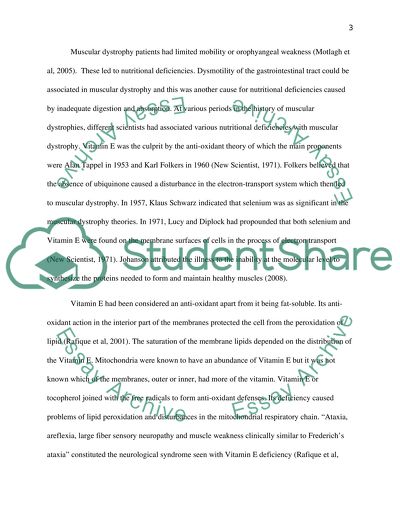Cite this document
(“Nutritional Deficiency In Muscular Dystrophy Patients Research Paper”, n.d.)
Nutritional Deficiency In Muscular Dystrophy Patients Research Paper. Retrieved from https://studentshare.org/health-sciences-medicine/1434325-nutritional-deficiency-in-muscular-dystrophy
Nutritional Deficiency In Muscular Dystrophy Patients Research Paper. Retrieved from https://studentshare.org/health-sciences-medicine/1434325-nutritional-deficiency-in-muscular-dystrophy
(Nutritional Deficiency In Muscular Dystrophy Patients Research Paper)
Nutritional Deficiency In Muscular Dystrophy Patients Research Paper. https://studentshare.org/health-sciences-medicine/1434325-nutritional-deficiency-in-muscular-dystrophy.
Nutritional Deficiency In Muscular Dystrophy Patients Research Paper. https://studentshare.org/health-sciences-medicine/1434325-nutritional-deficiency-in-muscular-dystrophy.
“Nutritional Deficiency In Muscular Dystrophy Patients Research Paper”, n.d. https://studentshare.org/health-sciences-medicine/1434325-nutritional-deficiency-in-muscular-dystrophy.


